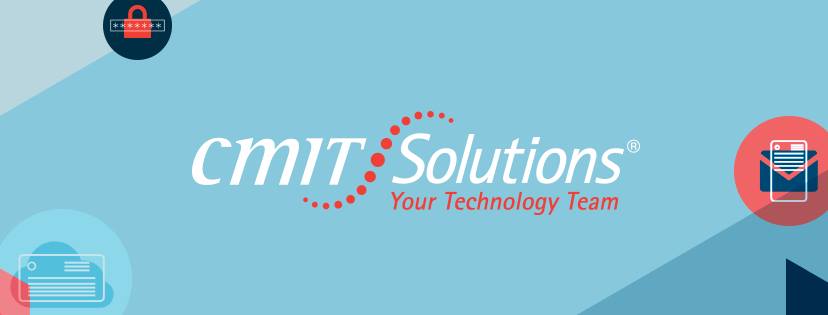Sometimes you might want to connect your laptop in public but want to prevent sharing your machine with everyone. Sharing files and accessing printers is okay when you’re home, but there of course files or settings you might not want everyone in a public hotspot to retrieve.
Changing your security settings and file-sharing permissions each time you are in a new location, try creating a separate user account for each place, such as “Home”, “Office” or “Public”. Administrators often make a “Guest” account too, so that users can log on but don’t have access to all your files. In order to create these profiles, go to your Control Panel--User Account.
If you would like a file to be opened from all accounts, you must log in from administrator, put them in Window 7’s “Public Documents” folder (Shared Documents in XP). If you right-click on that folder, pick the option that says “Share with” and you can choose the users you would like. You can also place the files you only want to view in certain locations in the “My Documents” folder for the appropriate user profile. Then, configure accounts by logging in to each one and adjusting your setting in Control Panel. Any time you want to install new software, log in as administrator and select the “Install for All Users” option. Above all, be sure that file sharing is disabled (Control Panel--Network and Sharing Center--Advanced sharing settings). You can also protect them with a strong password on your “Public” profile. Otherwise, you can share everything on your hard drive with everyone in the same Wi-Fi network.

 Once plugged in, Windows should recognize both monitors. If not, right click on your desktop, select "Screen Resolution" and use the "Detect" and "Identify" buttons to configure the second display. Once this is up and running, you are free to organize your windows however you please. Some people choose to keep email and chat programs open on one screen while working on a document on the other.
Once plugged in, Windows should recognize both monitors. If not, right click on your desktop, select "Screen Resolution" and use the "Detect" and "Identify" buttons to configure the second display. Once this is up and running, you are free to organize your windows however you please. Some people choose to keep email and chat programs open on one screen while working on a document on the other. If you have questions about multiple monitors, feel free to call us at CMIT and we can help you decide what is the best option for you adn can help you with your hardware purchases.
If you have questions about multiple monitors, feel free to call us at CMIT and we can help you decide what is the best option for you adn can help you with your hardware purchases.
